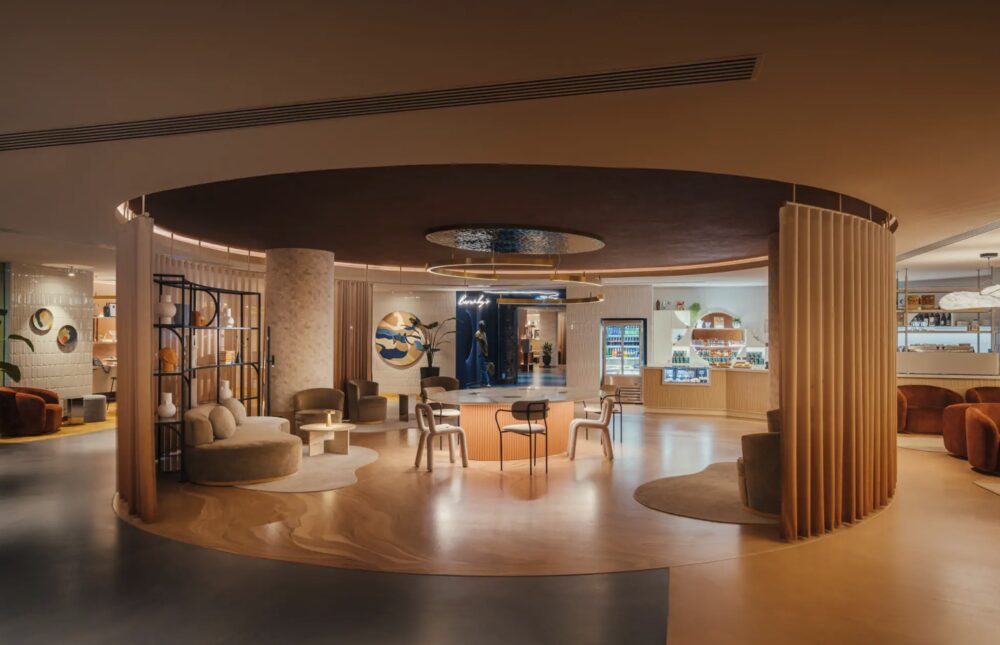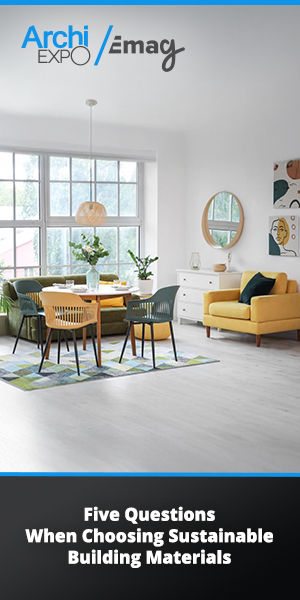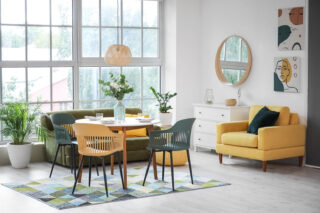A panel of leading designers and brands discussed how hotels can incorporate culture into their design at the Hotel Interiors Experience (HIX) in London this week. Here are some of the key highlights from the discussion.
November 26-27, London – How culture clash can be the catalyst for creativity and connection was a key talking point for a panel of design experts at the Hotel Interiors Experience (HIX) exhibition held at the Business Design Centre in Islington this week.
The A Brand Apart – Crafting Cross-Cultural Hospitality Experiences talk featured panellists Arun Rana, design director, premium, midscale and economy, ENA at Accor, Maria Vafiadis, founder and managing director of MKV Design, and Billy Skelli-Cohen, CEO of Beaumier, and moderator Kaitlyn Skov, founder of STUDIO SKOV.

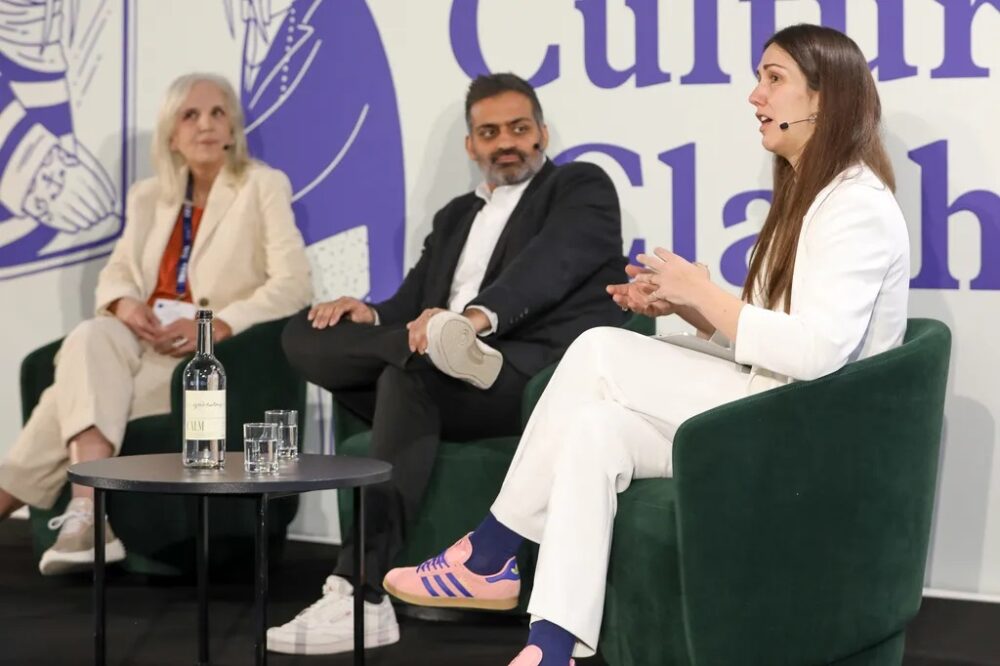
Connecting to Culture Through Design
The panel examined a host of issues, ranging from how the guest connects to culture through hospitality to how to balance a sense of place with a brand, highlighting each one with an example of how that has been successfully achieved in different settings.
“From a guest perspective it’s the moment they start booking a hotel and how they interact with that hotel and what they are picking that hotel for,” said Rana. “But ultimately, when guests arrive it’s about making them feel comfortable in the space, allowing them to connect with the local culture and also understanding that hotels need to cater for international culture. Culture is everything – in terms of the way you communicate to the way you feel when you enter and speak with people, the food you eat, the design and all the little details.”
Embedding culture within design, Vafiadis said, means going back to basics. In Greece, where she is from, she said that hospitality’s focus is on being “the friend of the foreigner” and providing everything they need through traditional Greek culture, as reflected through her designs.
“Most of all, have to engage them and bring them into your family,” said Vafiadis. “So, the human factor is paramount to cultural change for guests in their habits.”
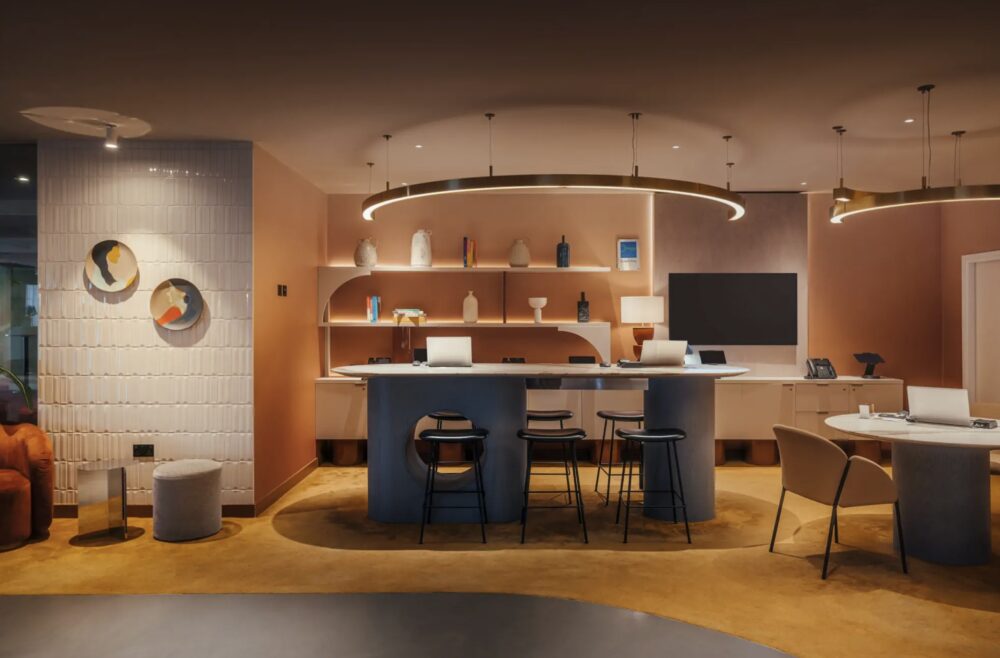
Engaging with the Local Surrounds
A connection to nature and the local surroundings also enables hotels to help their guests adjust to the cultural change they are experiencing, Skelli-Cohen said. That means, he said, designing a space which complements and is sensitive to the environment in which it is based.
“We live in a world where simplicity and feeling good have to take precedent,” said Skelli-Cohen. “It’s important to have a great sense of place and honour your surroundings and play that into your storytelling of your hotel.”
Introducing design that draws on local architecture and heritage in a more subtle way is also key, Vafiadis said. Giving the example of a renovation of a royal palace in Budapest that she recently carried out, she said that the bathrooms were designed as mini spas based on the city’s famous Gellert Baths by using the same colour and materials.
Delving Deep into a Location’s Heritage
Implementing culture within design, Rana said, starts with the brief and delving deep into the specific locations to find out more about their history and background. Citing the example of the Mercure and Ibis London Earl’s Court, he said after looking into the different cultural layers, he started weaving that into the hotel’s design narrative to make its guests feel more connected with it.
“The message is that you have to look at the bigger picture,” said Rana. “Really think about your guests, what they might be experiencing, how they might feel – all of those little details really help and matter to them.”

To achieve a successful design that is empathetic with the local area’s culture, Skelli-Cohen said that all parts of the overall process have to come together in harmony. That requires, he said, having one person overseeing it all.
“I call it the washing machine process – when you put a property through new design, capex, investment, uniforms, marketing, PR, food and beverage, little details in room, and you hope that something magical comes out of the other side of that,” said Skelli-Cohen. “What’s important is that you’re not designing and marketing in isolation, or thinking about FF&E or OS&E in isolation – at some point in every successful project that I have seen there’s someone that’s wrapping their arms around it all to make sure that it comes together and hopefully at the end of the day the sum of the parts adds up to something that’s quite magical.”
Skov summed up by saying that culture clash needs to be looked at as an opportunity for sparking innovation and evolution rather than as a compromise or negative outcome. She added that, as a result, designers must now consider how they can shape the next generation of design by embracing local cultures and weaving them together through a common thread.
